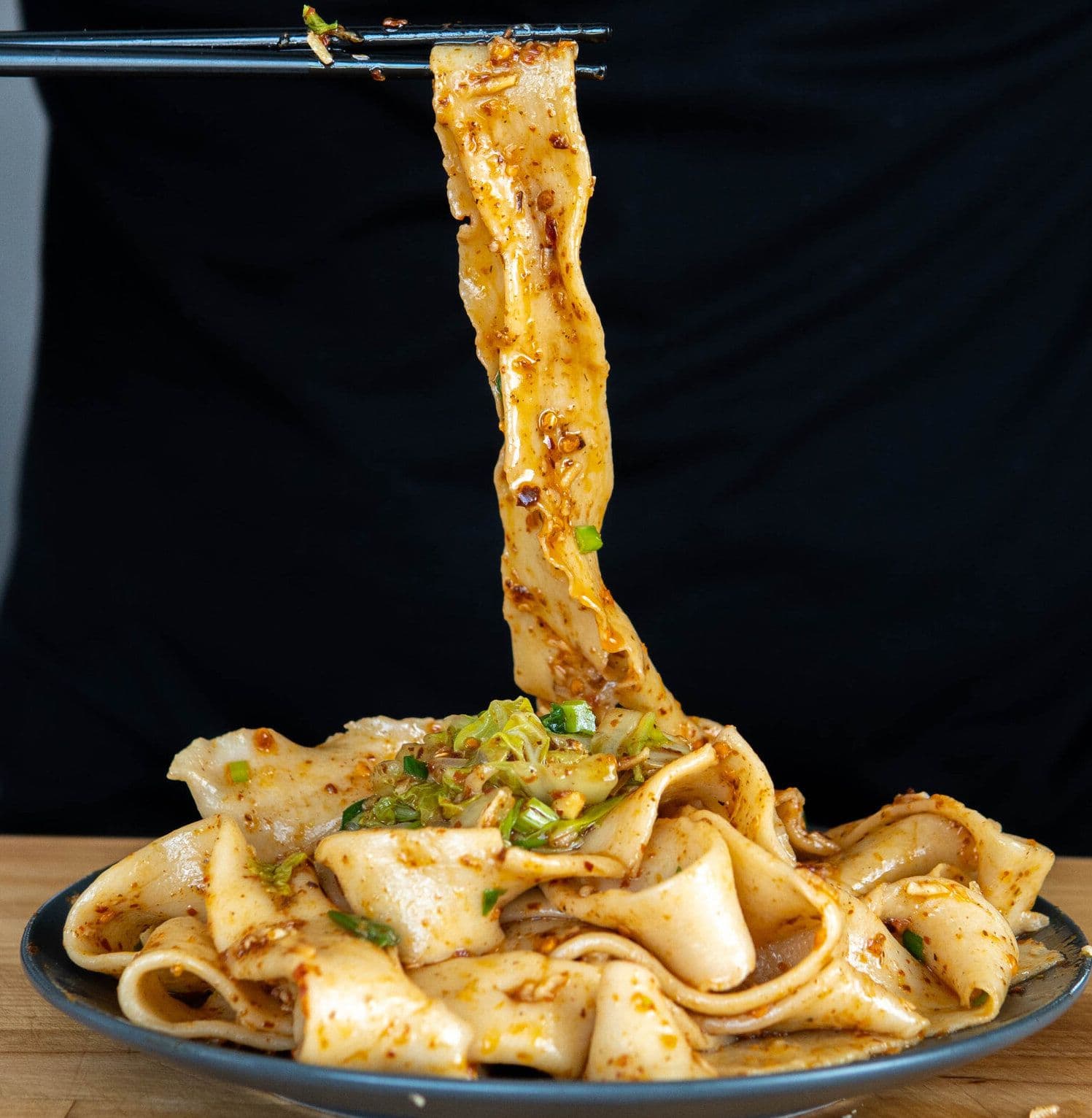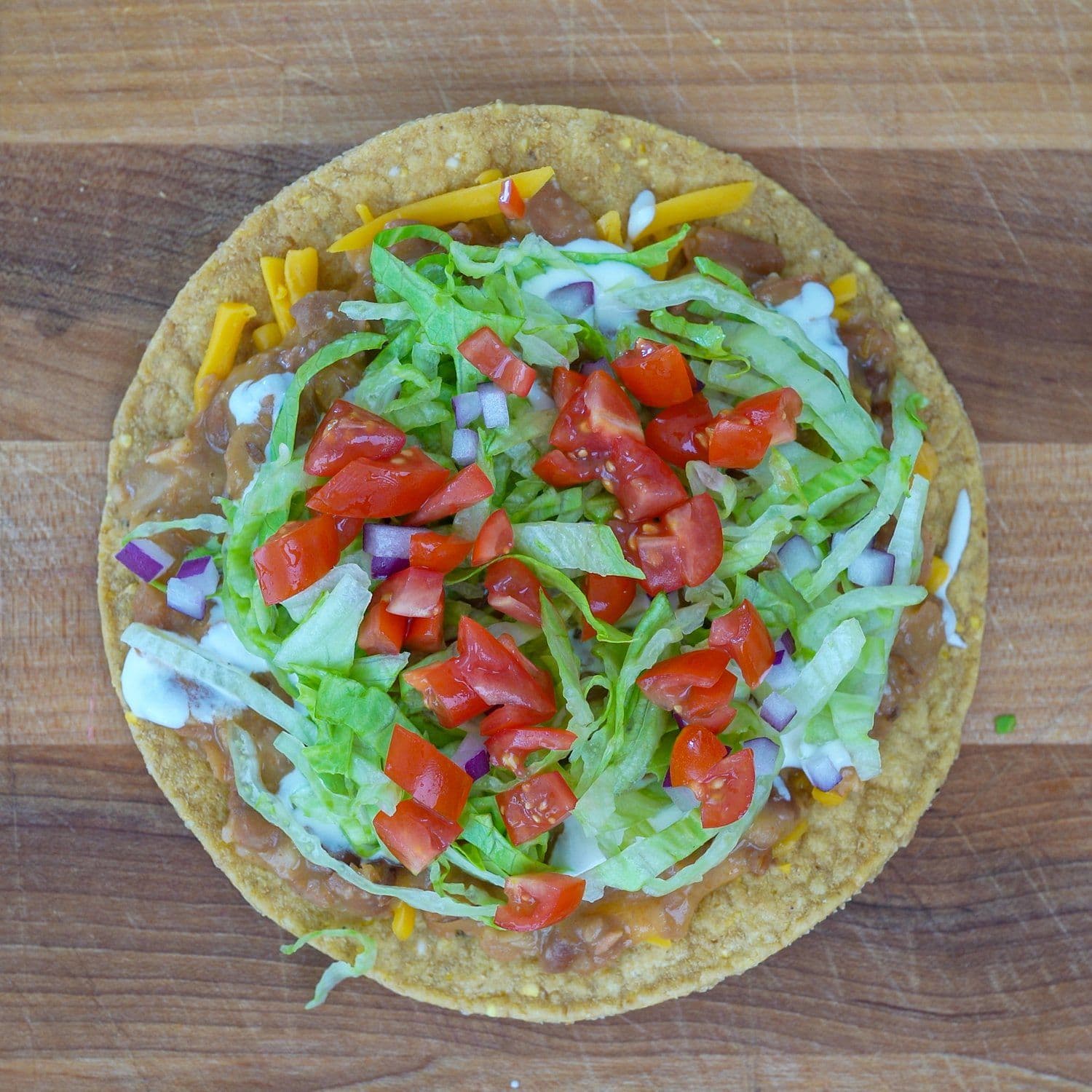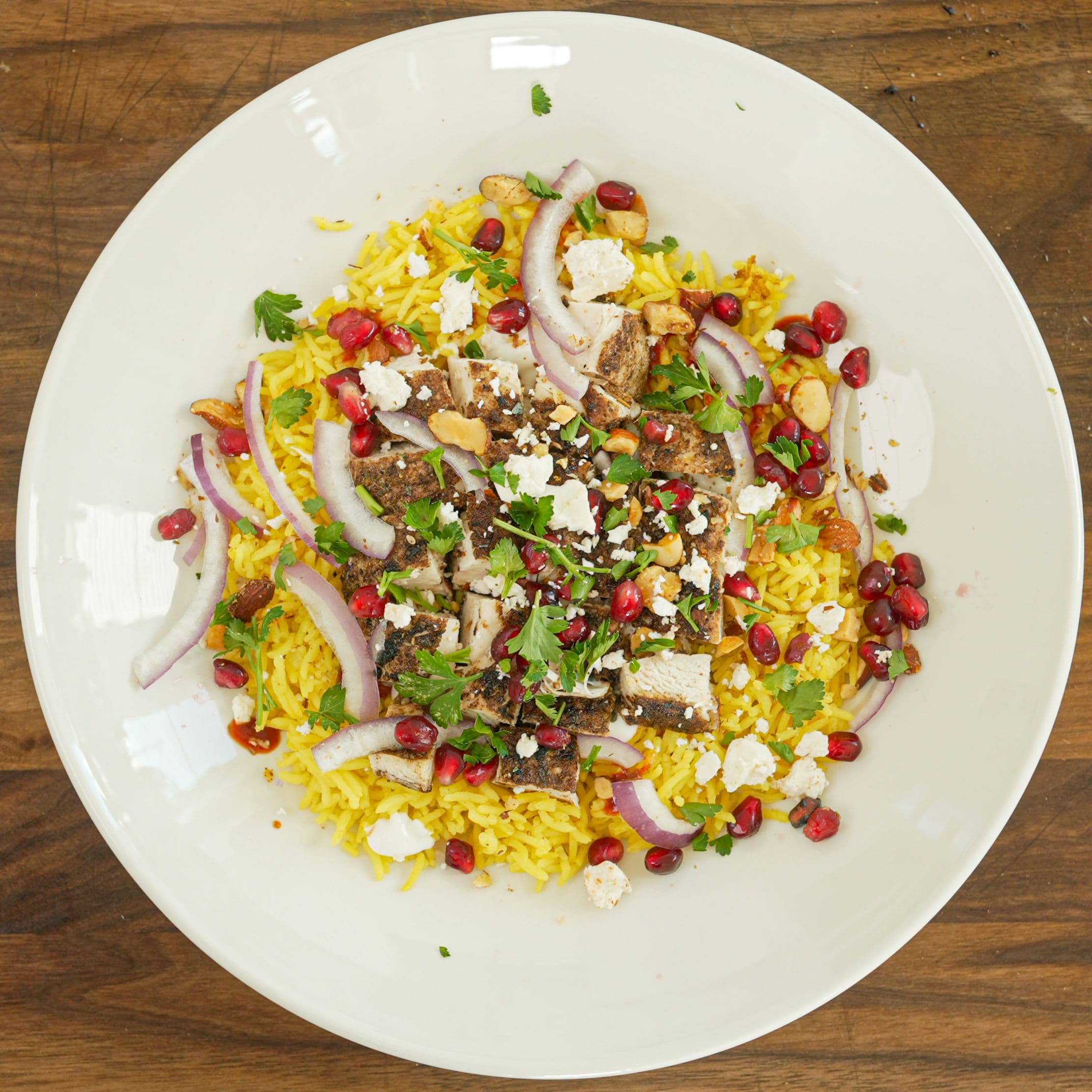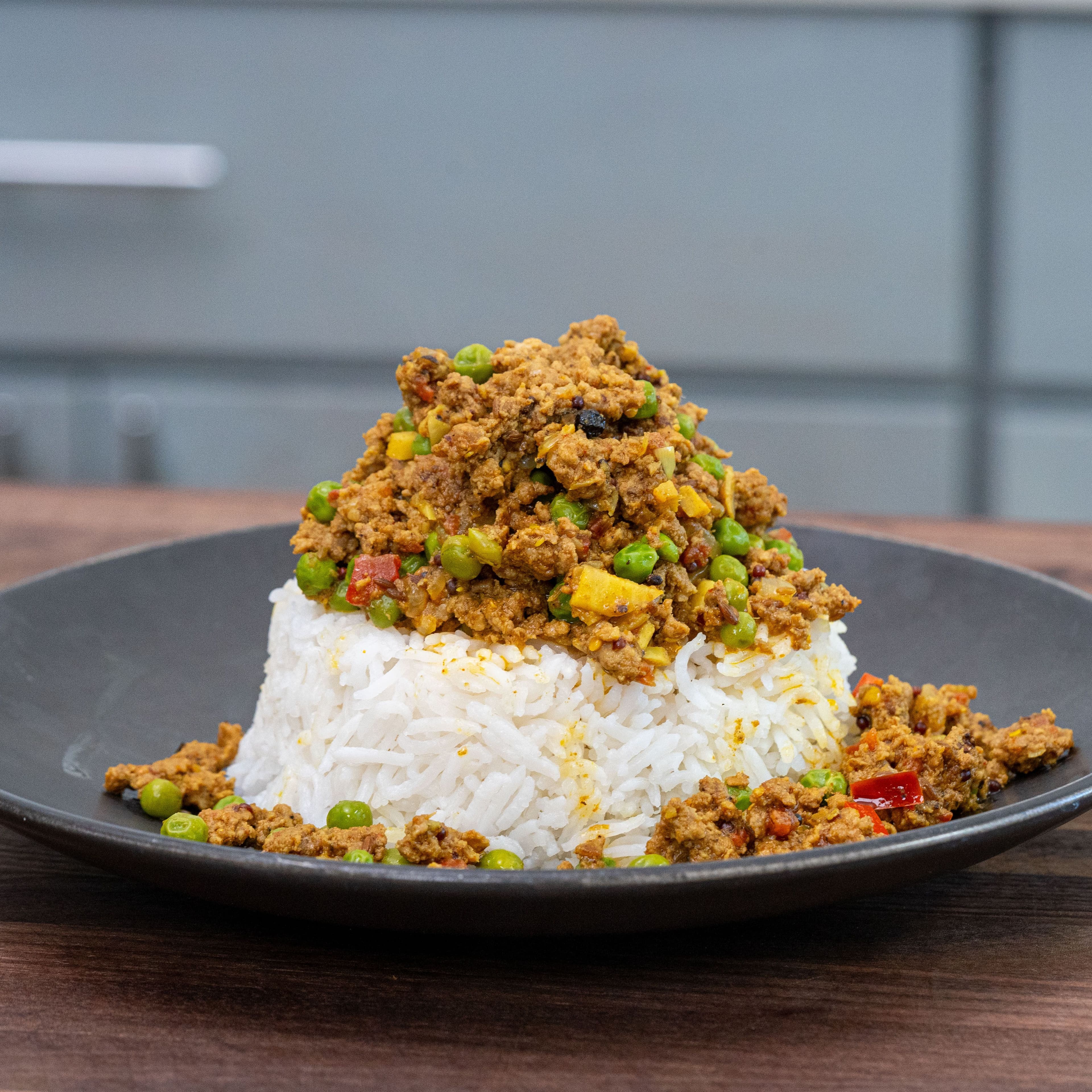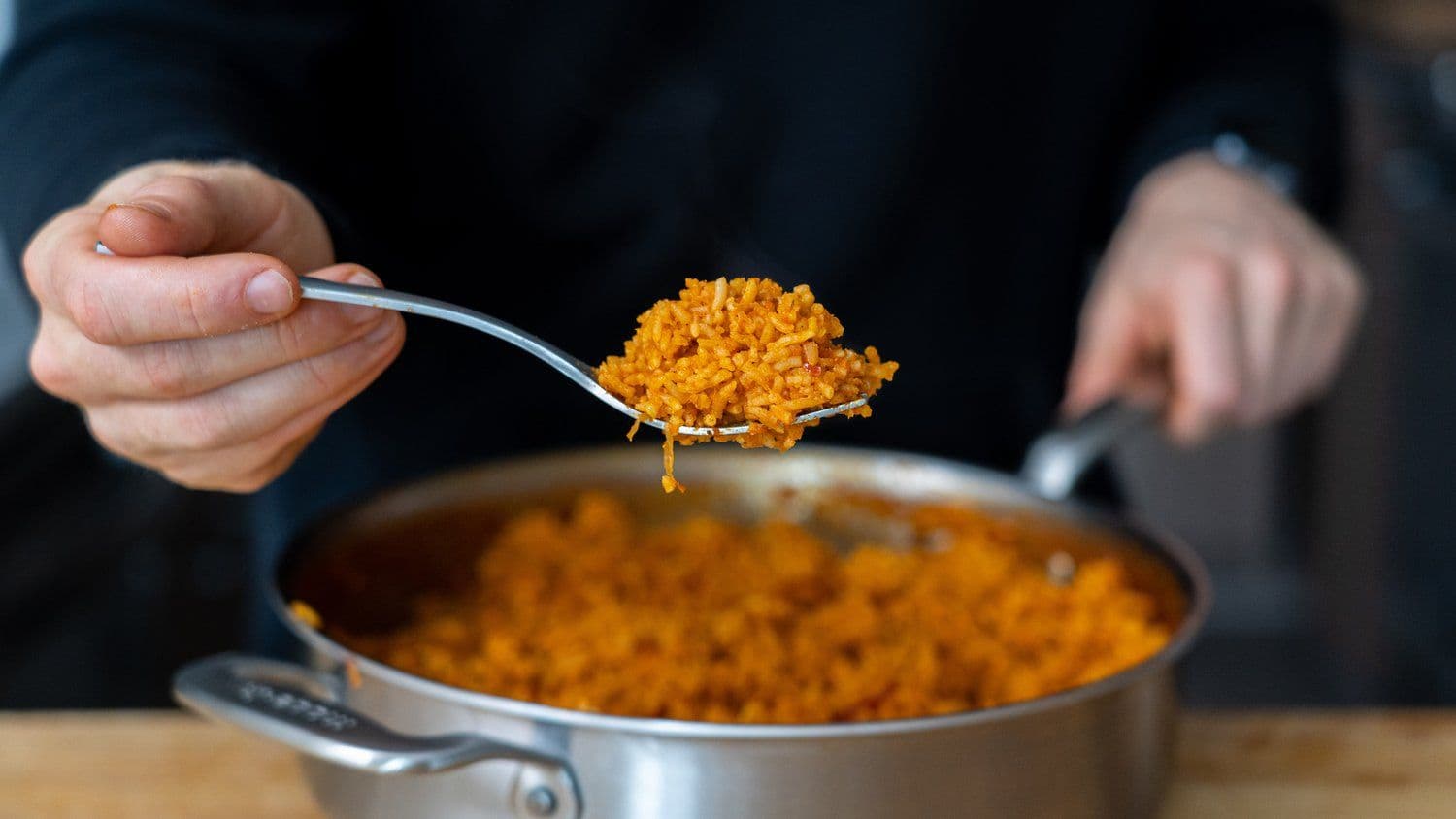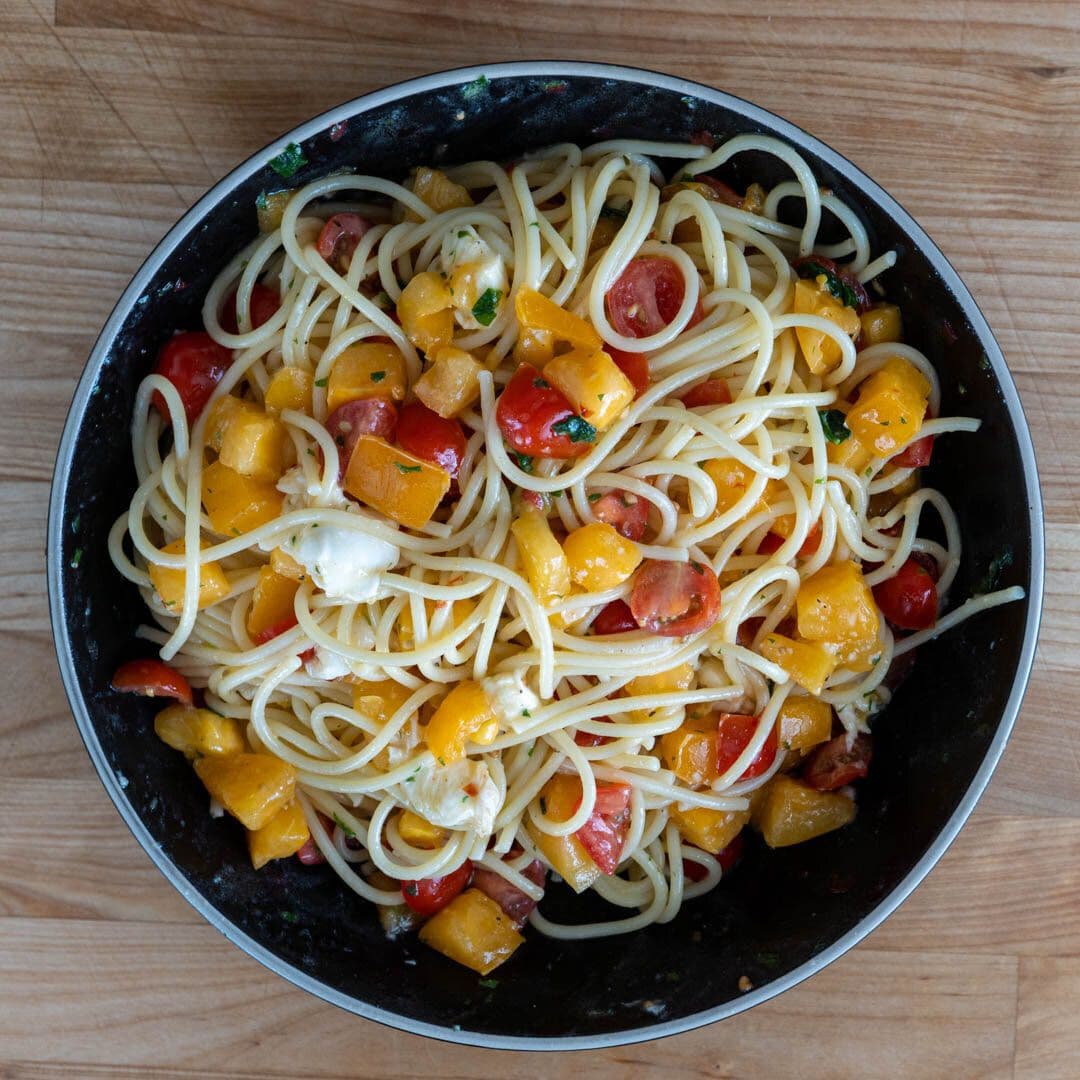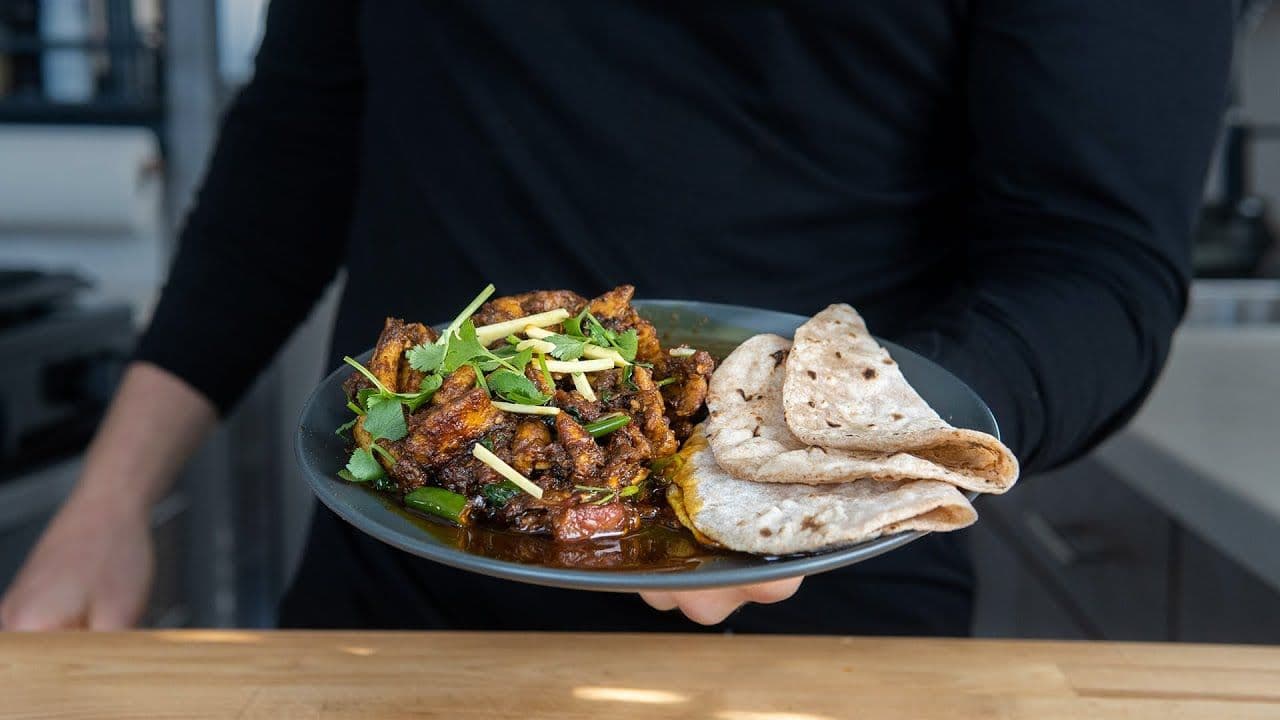techniqueSBloom
Toasting aromatics to release their flavors, usually in hot oil.
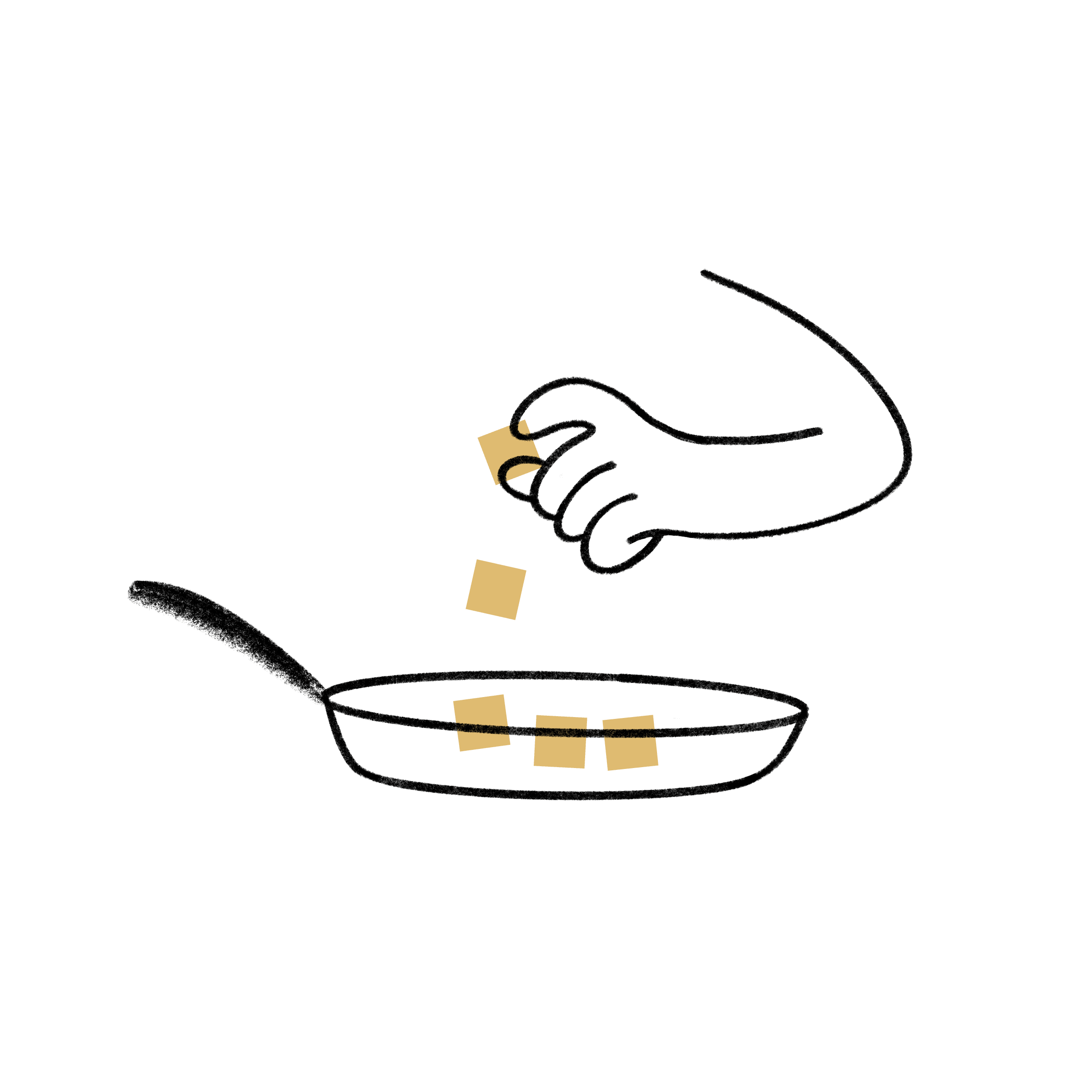
What are the fundamentals of blooming?
Blooming is the act of toasting aromatics to release their flavors, usually in hot oil.
- and oils are effective solvents. They release fat-soluble flavor compounds from aromatics and spices that can’t be unlocked by water alone. Heat helps this process happen rapidly.
- Fat holds onto aromatic compounds better than water, infusing the bloomed flavors throughout a dish.
Blooming ingredients can develop toasted flavor compounds via the reaction, although high heat can quickly burn them, resulting in a taste.
In some cases — like saffron in a Paella — delicate spices or herbs can be “bloomed” in warm water or broth (although that's more of an infusion, like making tea or stock).
🍳 Kitchen Tool: Pan
🔥 Heat Type: Conduction w/ fat
🌡️ Pan Surface Temperature: 300°F/148°C+
🧪 Food Reaction(s):
Example Foods
- Tadka
- Refried beans
- Paella
Blooming in Action

The Mouthful
Become a smarter home cook every Sunday
Join 60,000+ home cooks and get our newsletter, where we share:
- Recipe frameworks & cooking protocols
- Food trends explained
- Meal recommendations
- Q&A from expert home cooks
We hate spam too. Unsubscribe anytime.

